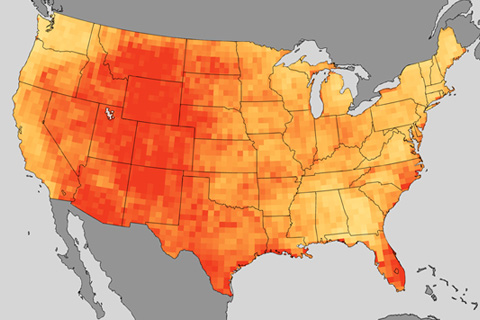
Imagine heat waves like the one last July coming more often & lasting longer: that’s the projection from climate models for the middle of this century based on one future emissions path.
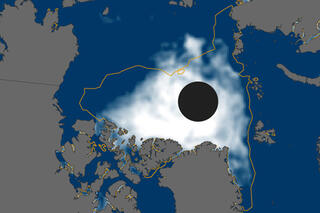
Arctic Sea Ice Breaks 2007 Record Low
August 27, 2012
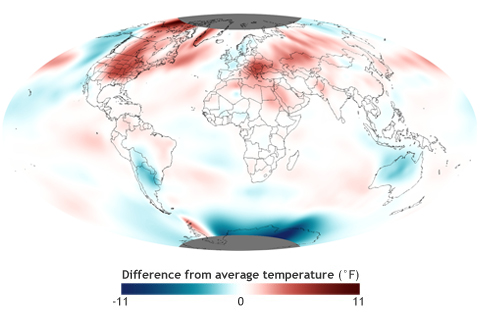
The average global temperature for July 2012 was more than 1° Fahrenheit above the 20th-century average, making it the fourth warmest July since record keeping began in 1880

July 2012 wasn’t just the hottest July on record, it was the hottest month ever recorded for the contiguous United States since records began in 1895.
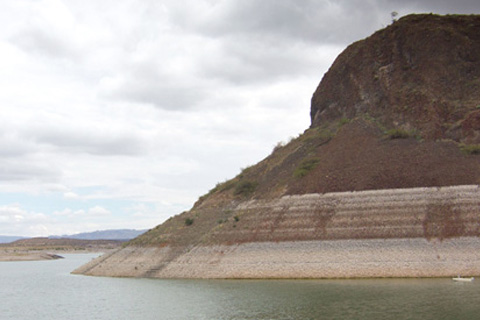
The current drought in the Southwest is not drier or longer-lasting than historic episodes documented in tree rings, but the current dry conditions stand out from the historical record by being hotter, according to Jonathan Overpeck, professor of geosciences at the University of Arizona.

Tell Me Why: Satellite Climate Data Matter
July 20, 2012

Tell Me Why: We Need Normals
July 19, 2012

The average global temperature for June 2012 was the fourth highest for any June since record keeping began in 1880. Land-only surface temperatures were the highest on record for the month. June 2012 also marks the 36th consecutive June and 328th consecutive month with a global temperature above the twentieth-century average. The last June with below-average global temperatures was June 1976.

The lead character in the 2011 climate story was La Niña—the cool phase of the El Niño-Southern Oscillation—which chilled the central and eastern tropical Pacific at both the start and the end of the year. These natural cooling events have a long reach: many of the big climate events of 2011, including famine-inducing drought in East Africa, an above-average hurricane season in the Atlantic, and record rainfall in many parts of Australia, are common “side effects” of La Niña.
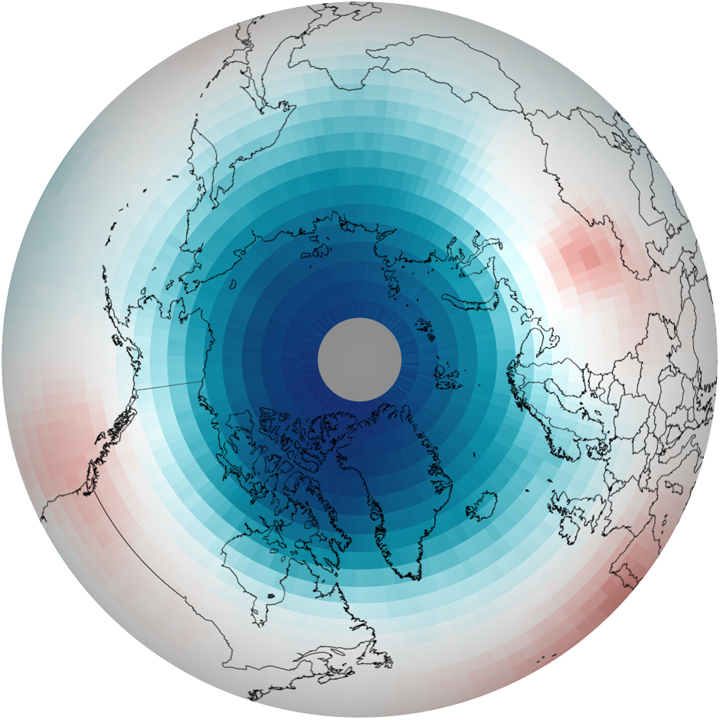
In the spring of 2011, scientists observed the largest, most severe ozone destruction ever witnessed in the Arctic since records began in 1978, due in part to the fact that CFCs stick around in the atmosphere for a very long time. Climate maps reveal the cause to be unusually persistent cold temperatures.